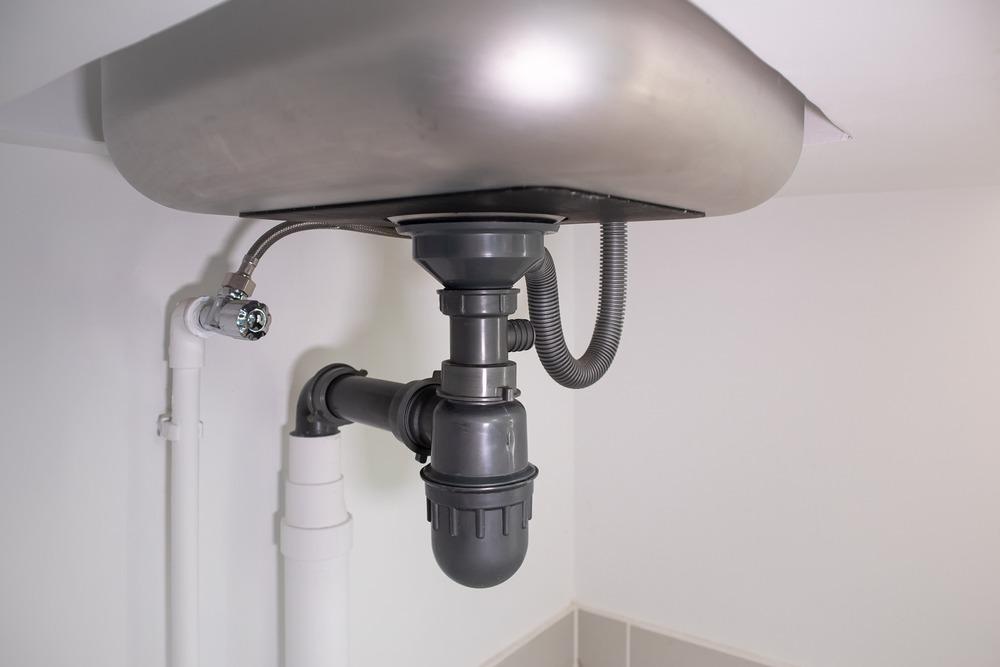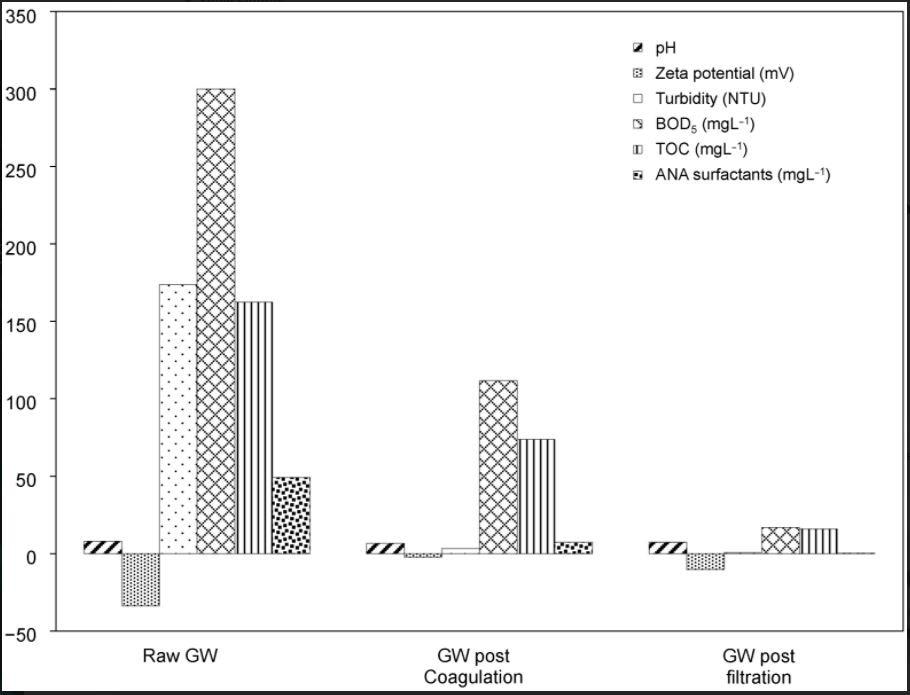The reuse of household greywater, which comes from domestic sources such as laundry, is the focus of a new paper published in Sustainability.

Study: Modelling Treated Laundry Greywater Reuse for Irrigation Using an Affordable Treatment Method and Seed Germination Test. Image Credit: DifferR/Shutterstock.com
Climate change, population growth, and rapid urbanization have caused serious and escalating problems with water security for many nations. Reclaiming used water could help provide the needs of sectors such as the agricultural industry, which accounts for around 70% of global water use.
Treating Domestic Greywater to Provide Clean Water
The UN has set out a number of sustainable development goals, with access to safe and sanitary water being one of them. With this goal, it has set out an initiative for governments to improve their sanitation infrastructure.
Agriculture accounts for a sizeable proportion of water use globally and providing clean water for the sector improves food quality and security, whilst relieving the burden on domestic water supplies which can be better used for drinking and sanitation.
Households produce a large amount of wastewater, of which 54-86% is termed “greywater.” Greywater comes from sources such as laundry, baths, sinks, and kitchens. The reclamation and reuse of greywater from all sources has become a valuable tool for providing the water needs of populations.
Greywater from laundry and sink sources (also known as dark greywater) contains higher levels of pollutants and is more difficult to treat than light greywater. Whilst the presence of pathogens is lower than toilet water (also known as blackwater,) they are still present in greywater. Greywater is simpler to reuse and requires less stringent treatment than blackwater, which contains significant proportions of organic matter and complex pollutants.
Treatment Strategies for Domestic Greywater
Whilst untreated greywater has been used for irrigation, its use can cause environmental and health problems due to the presence of pollutants such as detergent, surfactants, oils, pathogens, and salts. Health problems that can arise from the use of untreated greywater include skin irritation from the presence of surfactants and detergents, respiratory issues, and endocrine function disruption. Environmental issues include pH imbalance in soils, groundwater pollution, and reducing soil function.

Illustration of changes in water quality parameters as a result of LGW treatment. Image Credit: Cardoso, C.C.A & Bodnar, I, Sustainability
Due to these issues, there are multiple regulations that govern the safe recovery, treatment, and reuse of domestic greywater. A study by Radingoana et al. has explored the use of greywater to increase food production and reduce poverty and pointed out that promoting public awareness can aid widespread adoption of domestic greywater recovery, treatment, and reuse.
Common treatment strategies for domestic greywater include biological, physical, and chemical processes. An alternative to conventional treatment strategies is to use nature-based solutions such as green roofs, green walls, and constructed wetlands. Whilst they are still challenging in terms of public awareness and acceptance, nature-based solutions offer distinct advantages over conventional methods in terms of cost, efficiency, and sustainability.
Seed germination tests can be utilized to evaluate the effect of plant irrigation on untreated and treated greywater. These methods can detect the presence of pollutants such as heavy metals which can proliferate in ecosystems and enter the food chain, causing health problems in human populations.
The Study
Building on their previous studies which investigate the treatment of real greywater samples, the team behind the research investigated model synthetic greywater samples to evaluate the effectiveness of treatment methods. Synthetic greywaters have a constant composition of different organic and inorganic elements such as bleaches, surfactants, ammonium chloride, cellulose, glucose, glycerol, and other elements commonly found in laundry greywater.

A 72-h germination test. (a) Irrigation with tap water; (b) irrigation with raw LGW; and (c) irrigation with treated LGW. Image Credit: Cardoso, C.C.A & Bodnar, I, Sustainability
Using these synthetic laundry greywater samples, a greywater physiochemical treatment method of combined filtration and coagulation-flocculation was investigated for its efficiency. The effects of treated laundry greywater on germinated white mustard seeds were investigated. The potential of producing healthy plants using the proposed laundry greywater treatment method was verified.
Raw laundry greywater, treated laundry greywater, and a control sample of ordinary tap water was used in the study. Results demonstrated that plant growth was enhanced with the treated laundry greywater than the tap water control. Due to the presence of surfactants, plant growth was impaired by the raw, untreated laundry greywater sample.
The microelement concentration in all samples was below the maximum recommended level, but in the untreated water sample, the sodium adsorption ratio was above the maximum recommended level. In the treated sample, this value was below the maximum recommended level, which makes the treated laundry greywater a suitable candidate for plant irrigation.
The study has demonstrated that treated laundry greywater can be used in the agriculture sector, freeing up a significant amount of water for drinking and sanitation purposes, increasing water security and reducing poverty. This is vitally important for a rapidly industrializing and urbanizing world with a growing population.
Further Reading
Cardoso, C.C.A & Bodnar, I (2022) Modelling Treated Laundry Greywater Reuse for Irrigation Using an Affordable Treatment Method and Seed Germination Test [online] Sustainability 14(3) 1314 | mdpi.com. Available at:
Disclaimer: The views expressed here are those of the author expressed in their private capacity and do not necessarily represent the views of AZoM.com Limited T/A AZoNetwork the owner and operator of this website. This disclaimer forms part of the Terms and conditions of use of this website.